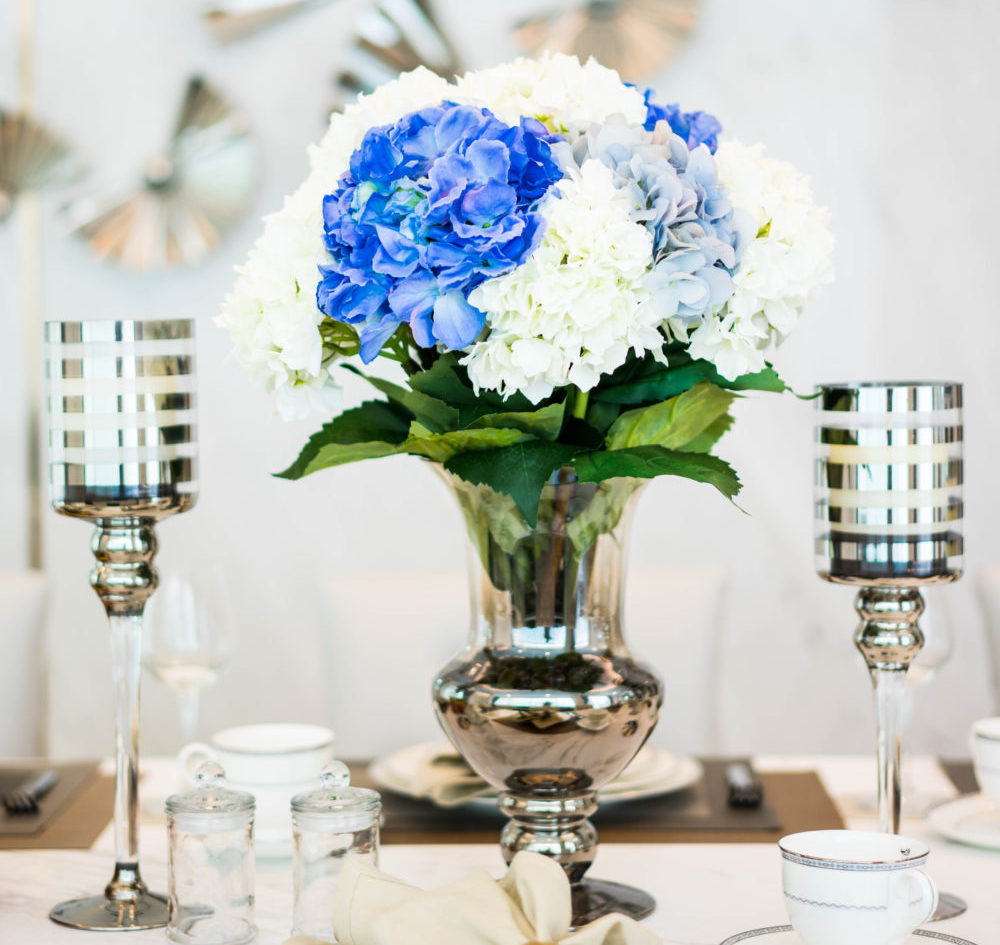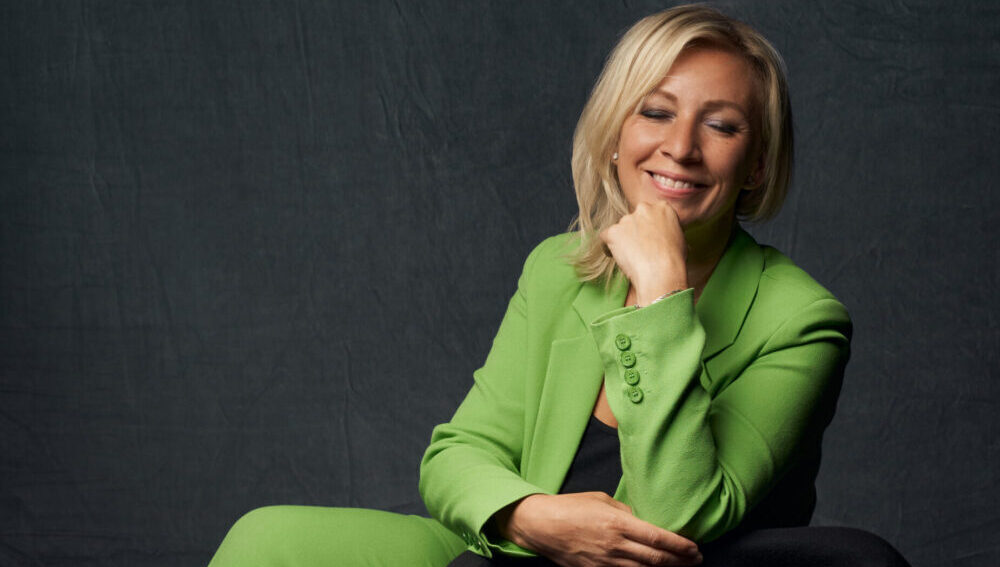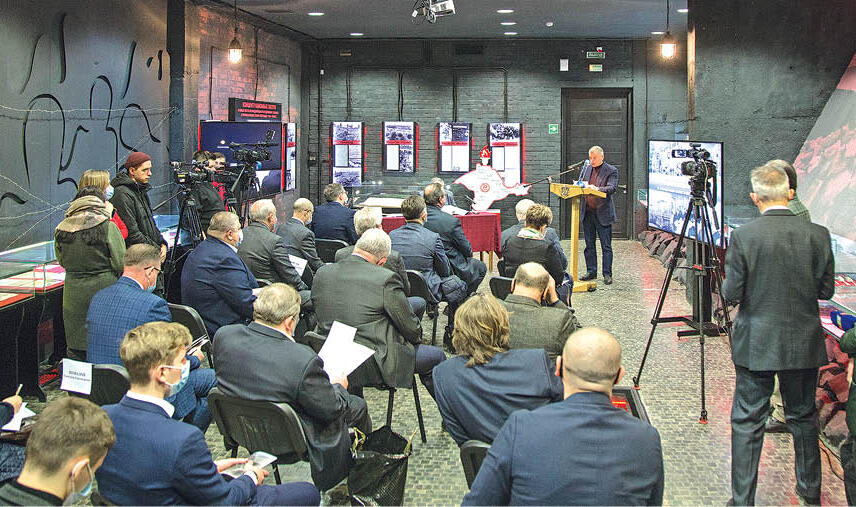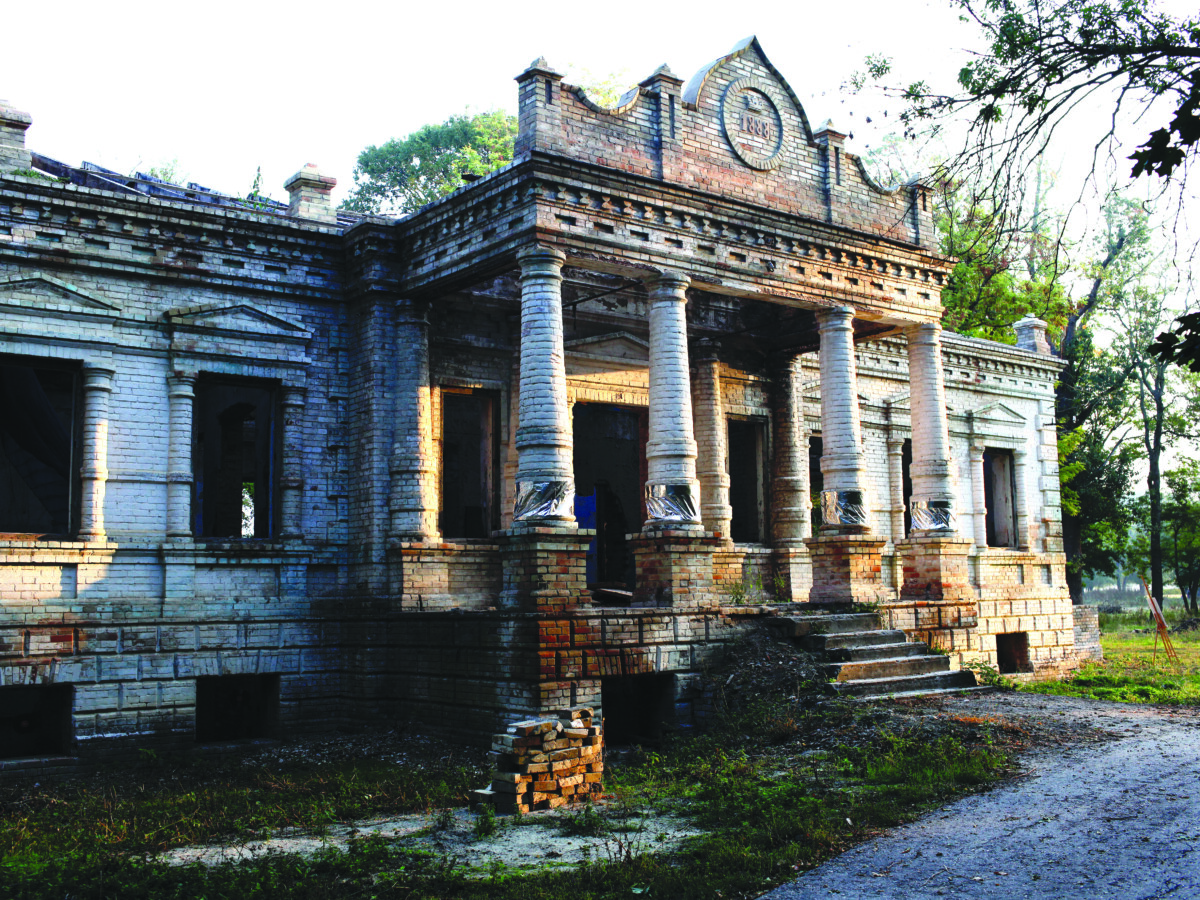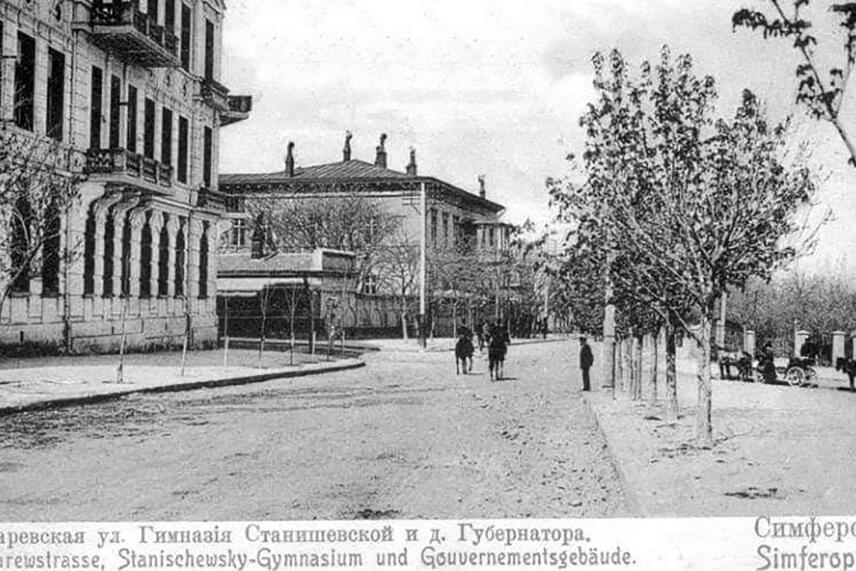Many people think that living like a tsar means enjoying a lavish lifestyle, allowing themselves to try the most sophisticated pleasures, including gastronomical ones. Of course, only best cooks were in the service of the Russian tsars and tsarist tables groaned with fantastic courses. Herewith, tsars liked modest and simple food. Some of the Russian lords occasionally gave their preferences to those ordinary dishes.
From botvinia to pearl barley porridge
We won’t go deep into the centuries, so our acquaintance with a brief outline of history of non-tsarist gastronomical preferences of the Russian tsars we will start from Alexander I. His memoirists say that sovereign Alexander Pavlovich liked the botvinia dish very much. That course is the original Russian version of okroshka, whose main ingredients were kvass, boiled leaves of beetroot, onions and fish. Once ago, Alexander I told about his favorite botvinia course to an English ambassador. The foreign diplomatist showed interested in the exotic food and Alexander I sent some botvinia to the Englishman. To tell the truth, the ambassador didn’t form the opinion about this national Russian course, as from ignorance his personal cook served the botvinia dish preheated… Nicholas I liked simple food too. Buckwheat porridge and shchi were regular courses at his dinner table and every morning five pickled cucumbers were served to the Russian Emperor. Talking about supper, Nicholas I was eating only a piece of brown bread (the Emperor practiced a fasting cure and kept to a diet). According to contemporaries, the Russian Emperor Alexander III was modest and temperate in eating. It would seem he combined the uncombinable dishes. For example, as Alexander III was a passional sauce lover, so he could dress pickled cucumbers with… the exquisite sauce “Cumberland” (the sauce was cooked from red currant, port wine and spices). During his visits to the Caucasus, he loved the courses of the local cuisine, which abounded with onions and garlic. Besides of it, Alexander III easily added pearl barley soup, borschok (meatless soup on the cep broth), pottage and ruff in aspic into the menu of the palace cuisine. When the Russian Emperor rested in Finland, he was fishing very often and fish he caught was served to the tsarist dinner table. Quite often, his wife Empress Maria Feodorovna peeled potatoes and fried a plaice the Emperor liked so much.
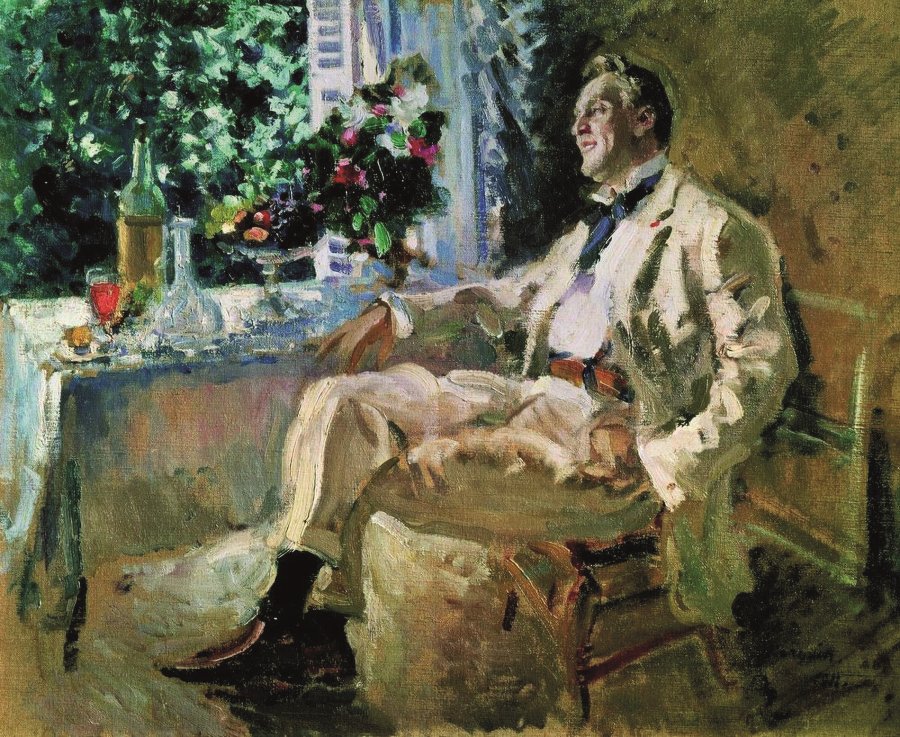
Russian kvass in half with champagne
Russian sovereigns possessed their own specific alcohol predilections. Nicholas I was a dedicated teetotaler. For instance, he was served with simple water instead of wine at the official receptions. As for Alexander II, he was a heavy smoker and preferred French wines. According to his leib-surgeon, Alexander III “almost didn’t drink wine at the dinner table, but if he decided to drink, he chose his favorite beverage, which was Russian kvass in half with champagne and drank it moderately; in the evening the decanter of frost water was given to him and he was drinking so much ice water complaining of unquenchable thirst”.

According to contemporaries, Nicholas II “drank very little of wine, shot glass of vodka before having breakfast and little glass of Madeira at mealtime”. Herewith, one or two shot glasses of port wine from a special bottle were poured for Nicholas II at dinner on the yacht “Standard”. In addition to it, the Emperor could drink two or three glasses of champagne. First, it was the French champagne “Monopol”, which was changed by “Abrau-Durso” later. Since 1911, the imperial family drank the “Abrau-Durso” wine even during staying at the Livadia Palace. In fact, the wines from the Caucasus and Crimea started appearing next to the European wine brands on the tsarist dinner tables at the court of Alexander III and Nicholas II then. There were wines from Livadia, Massandra, Kakheti estate in Ay-Danil and Abrau-Durso within the tsarist wine cellars. If all wines served to the table were of the foreign origin under the rule of Alexander II, then Alexander III ordered to place foreign alcohol beverages at the tables only when overseas guests were invited to dinner. Otherwise, all the meals must be served with national wines. In the 1880s, the Crimean wines from Livadia were being delivered to the wine cellars in Saint Petersburg.
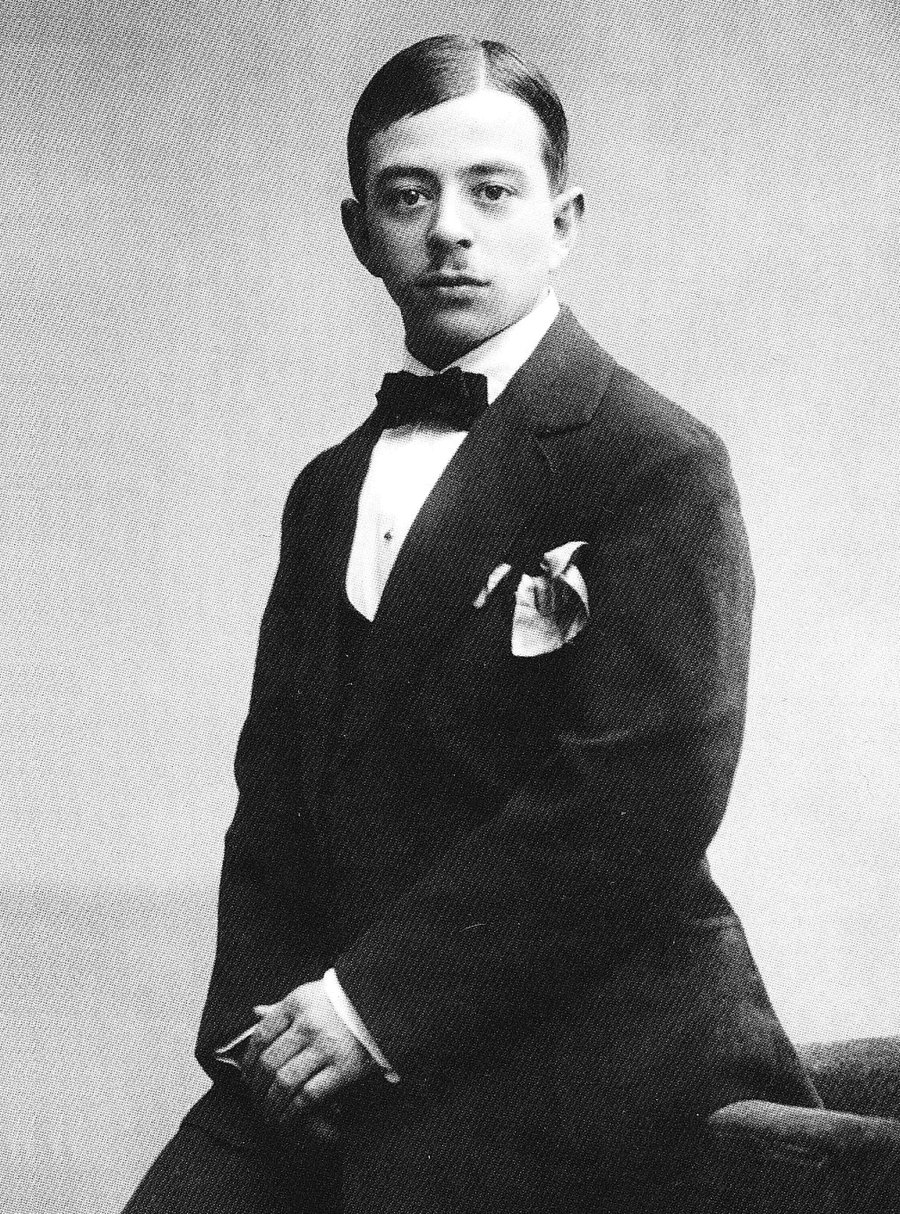
For example, the tsarist wines vaults have risen by the Crimean Riesling wines — about 5690 bottles were bought. In 1896, Russian knyaz Lev Golitsyn produced the type of wine called “Coronation” at his Crimean estate “Novyi Svet”, — it was served to Nicholas II during the coronation celebrations in May of the same year. In the early XXth century, Massandra became one of the main suppliers of wines to the dining table of the Russian Emperor. Nicholas II liked the red port wine “Livadia” most of all the wine production of Massandra.
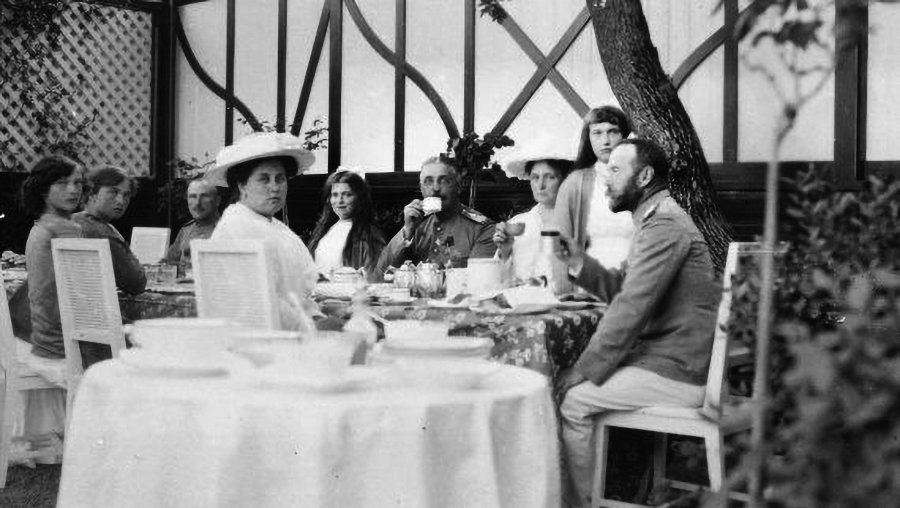
“Meals were fantastic in Livadia”
In 1861, it was the first time the most August owners attended their estate. During that visit, plenty of foodstuffs were bought within the local grounds, as it was impossible to transport all required products and ingredients from Saint Petersburg. In the following years, the farm was built near the tsarist estate and its spaces accommodated up to 30 cows. The tsarist retinue, Emperor and Empress were having breakfast all together. Primarily, such snacks as caviar, balyk, herring, canapes, sausages in tomato sauce and hot ham were set at the special table. Guests were eating only standing up at this table and it was something like a modern official buffet. It lasted about 15 minutes and after that, the guests came to the tables and had true breakfast. Boiled eggs, fish, meat courses and compot, cheese, fruits for dessert were served to them. The Frenchman Jean Pierre Cubat was a main tsarist head-waiter-chef during a long period of time. He was considered to be a master of snacks and could serve not less than ten types of these snacks to the Tsarist table. He cooked for the Tsar and his family in Livadia too. One of memoirists remembered: “Meals were fantastic in Livadia and we were fed in a perfect way, but the food gets ordinary eventually. Famous Cubat cooked up there, who was an owner of the restaurant at Bolshaya Morskaya Street previously. Of course, he was a professional of his craft, though all his dishes tasted like simple restaurant foods, which became boring with time. I was always amazed by the Majesties’ reactions to this fact and didn’t understand how they could stand that food a day by day during next several years”. On the other hand, there are evidences the imperial couple also liked ordinary courses. For instance, the Empress loved hot kolaches — they were served in wrapped in heated napkins. There is a known case, when one of the officials of the Ministry of the Imperial Court bought some new potatoes at the local market in Livadia. On his way back, Nicholas II met him and asked the official to concede the purchase to him, as ash-baked potatoes were one of the most favorite dishes of the Emperor. As for the Empress, she liked a mashed potato soup and boiled potatoes since she was young. In Livadia, the imperial couple had dinner on the yacht “Standard” docked in Yalta very often. The marine dining table was rather simple. Frequently, the Tsarist menu table included the naval shchi cooked of sour crout and ram’s side with porridge. Dumplings fried on the pan were the favorite dish of Nicholas II at those lunches. Fruits, grapes of Livadia and bottles of champagne were only delivered from the palace. In 1911, Nicholas II and his retinue visited the estate “Noviy Svet” belonged to knyaz Lev Golitsyn. Knyaz Golitsyn entertained guests with delicacies: “with Tatar special pierogies, boiled in mutton fats and stuffed with lamb meat”, — that how one of banquet’s participants described local chebureks.
Foros copybook
Feodor Chaliapin, who was a great Russian singer and mostly called as the Tsar bass, arrived in Crimea very often. Painter Konstantin Korovin, whose cottage in Gurzuf was a host place for Chaliapin, remembered that once he had to invite a special cook, as Chaliapin told: “I would like to eat the real shashlik and lulya-kebab”. However, Chaliapin brought his personal cook Nikolai Khvostov to Crimea. He took service with the singer in 1915 at the age of twenty. “Feodor Ivanovich looked at me and said: “You are still too young, but are you able to cook?” and strongly added without waiting for my response: “Well, go and do it, you will come and cook trial dinner! Then we will see!” — Khvostov recalled. Chaliapin was a gourmand, who liked both to have tasty meals and fed well his guests. People say Chaliapin could eat two turkeys and washed them down with two bottles of champagne for one go. Nevertheless, in spite of his young age, Khvostov wasn’t born yesterday: young cook had studied the cookery at the well-known St. Petersburg’s restaurant “Cubat” since the age of nine (tsarist chef Jean Pierre Cubat was the owner of the restaurant). So, the experimental dinner was highly evaluated and Khvostov accompanied Chaliapin during his visit to Crimea a year later. The singer worked on the biography together with Maxim Gorky. Meanwhile, Chaliapin’s cook performed not only his direct duties, but also wrote, — here, in Crimea Khvostov had an inspiration to assemble a recipe book including dishes he cooked for Chaliapin. There were many simple viands of the Russian cuisine among them loved by Feodor Chaliapin, who didn’t conceal his peasant origin: shchi of sour crout with fish and mushrooms, piscatorial ukha, okroshka, salted saffron milk caps and fish pies. As a result, ninety-six pages the copybook contain almost a thousand of recipes!
Here one of them: We will cook! Spaghetti in Chaliapin style Boil off dried of fresh ceps, take them out and strain off the broth. Add spaghetti into the boiling mushroom broth and cook it until it is ready, then put the spaghetti into a colander. Braise the boiled sliced ceps, finely chopped ham and onions on the pan, as well as add some mushroom broth inside of it. After, take minced meat from the pan, spaghetti topped with cheese and place all of it by layers into the saucepan up to the rim. Cover the upper layer with sour cream and gratin it within a stove oven. Further, sprinkle the dish with the finely chopped greenery before serving it to the dining table.
Reference: Crimean Magazine

